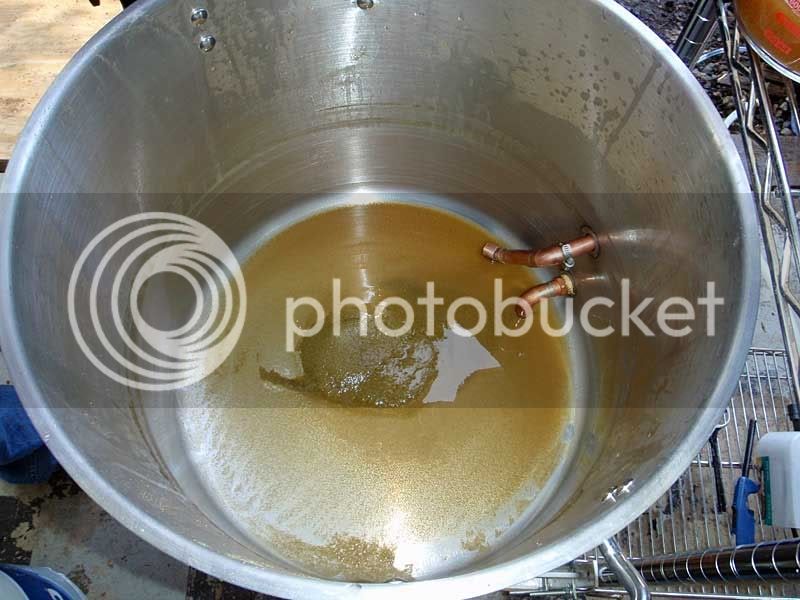RobbyBeers
Well-Known Member
- Joined
- Jan 16, 2009
- Messages
- 163
- Reaction score
- 4
Hi all,
I'm thinking about setting up a system a la Jamil's whirlpool chiller (http://www.mrmalty.com/chiller.php)---basically, it's an immersion chiller with an extra bit that recirculates wort to create a whirlpool while you cool.
I know from reading some other threads that folks (like me) with a spigot & diptube setup in their kettle have concerns about how/whether this will work. If the immersion chiller doesn't sit flush on the bottom of the pot, then how will the whirlpool spin down the sediment?
Anyone have any experience with this? Can you just let the equipment sit cock-eyed and still get a good cone? Or are there other adjustments that you can make to get the chiller to sit up off the bottom?
Any suggestions appreciated,
Robby
I'm thinking about setting up a system a la Jamil's whirlpool chiller (http://www.mrmalty.com/chiller.php)---basically, it's an immersion chiller with an extra bit that recirculates wort to create a whirlpool while you cool.
I know from reading some other threads that folks (like me) with a spigot & diptube setup in their kettle have concerns about how/whether this will work. If the immersion chiller doesn't sit flush on the bottom of the pot, then how will the whirlpool spin down the sediment?
Anyone have any experience with this? Can you just let the equipment sit cock-eyed and still get a good cone? Or are there other adjustments that you can make to get the chiller to sit up off the bottom?
Any suggestions appreciated,
Robby



